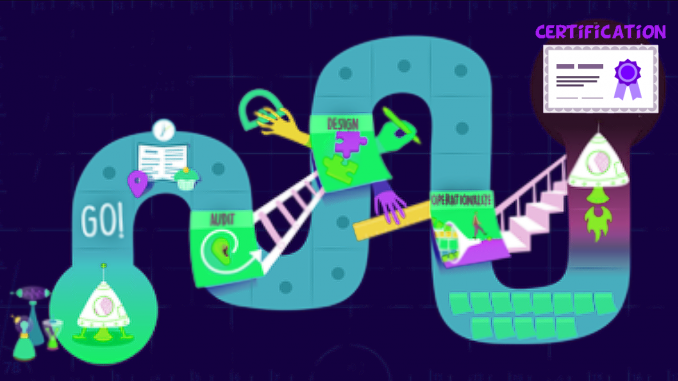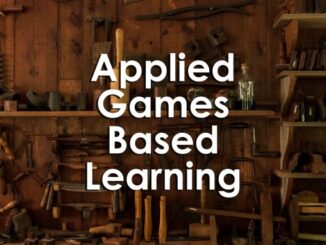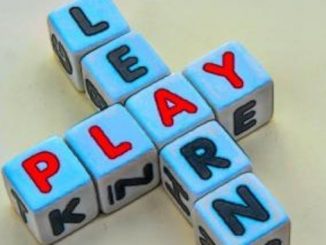
I run a certification program in which I help trainers and facilitators learn how to use a multiplayer game to facilitate their own virtual learning experiences. Because of the multiplayer and virtual nature of my platform, there are many technical elements that one has to take into account when hosting a game. One must understanding the technology from various angles. Here are some of the big ones:
- How the facilitator needs to interact with the system
- How the participants interact with the system
- The shortcomings of the technology
- The tech specs of the facilitator’s and participants’ devices
- And the most important: facilitating the game itself
While the intent is to teach how to facilitate a fun learning game, some of the sections are daunting and downright tedious! I also wasn’t getting the results I was hoping for with the certification program i.e. of the first 50 people that signed up, only 3 completed the certification program while most were unresponsive. That’s some scary data!
When I went back to the drawing board, I highlighted a few things that I wanted in the program (in order of priority):
- Improved completion rate
- Self-paced
- Participants to support each other in their cohorts
- Participants to feel engaged in the program
The more I thought about my priorities, the clearer it became that engagement was the most important element in the eco-system. It wasn’t that people were not completing the program because they didn’t want to or because going through the content was a drag, it was mostly because they were busy. They didn’t always have the time to go through the material and in other cases they would just forget. One might argue: why not use simple notifications to remind people to get back on the program. Really? I think platforms like Coursera set the benchmark of running online courses. How many incomplete courses do you have in your arsenal despite their timely and well researched reminders? Certainly more than we care to admit.
So what then? Maybe a game? Perhaps, one that would require players to interact with each other. Where the currency to progress is linked to the completion of the certification program. And most importantly: the reminders don’t come from the organizers but from other participants. Fortunately for me, my team and I had built such a game a few years ago so I thought of trying it out. I uploaded all my certification content on the game and ran a few test runs.
After working through the initial teething issues through the first several batches, I was ready to launch the competitive mode which really brings the game to life. I set up three teams who would compete against each other for first place.

The pick-up was a little slow as usual. But as members began attending the program, they got more and more involved. They asked other, less active, members to join in and play because everyone was required to increase the team score. As each person played the game they were completing their certification program.
It was absolutely fascinating to see how members of teams that don’t even know each other were playing and competing with one another. The scores were off the charts and I was blown away by the results! By the time we reached the third week of the certification program with the three teams I was able to see that of the 24 participants enrolled, 22 of them are active and progressing in their certification program on a daily basis – a ratio I had never seen before.
So what’s my point? Games can be a powerful tool to enable engagement and interaction when used purposefully. I think one of the reasons I was able to achieve the little success I had was because I spent time in contemplation and research to figure out why my participants weren’t progressing. There’s no doubt that with different data I might’ve chosen another route – perhaps not a game. When we spend time in analysing the root cause and the single most important element that could cause the domino effect of positive behavior which would ultimately achieve your objective, you’re well on your way to designing a game or an approach that is sure to hit the nail on the head!
- The Effects of Win/Loss States on Learning - 14th January 2022
- Four Reasons Game-Based Learning Makes Corporate Training Better - 10th May 2021
- Increasing Engagement by 2000% Using Games - 17th September 2020





Be the first to comment